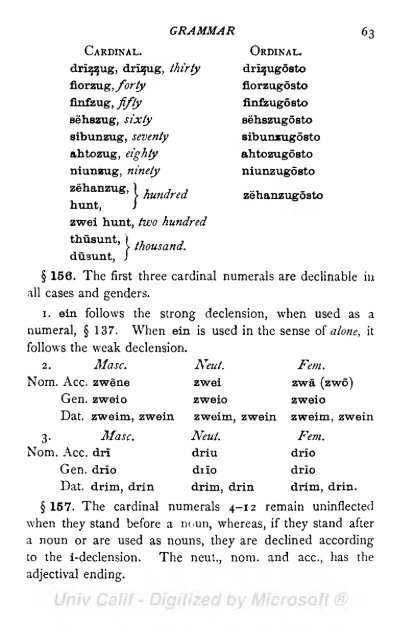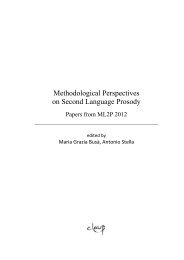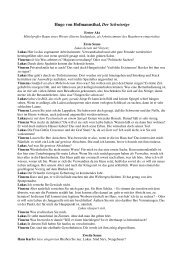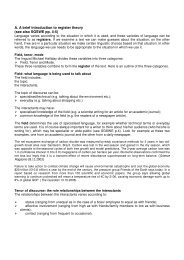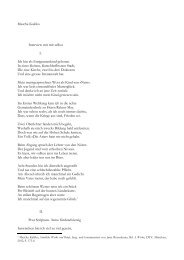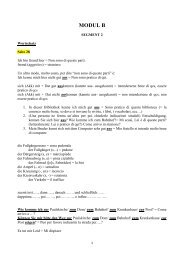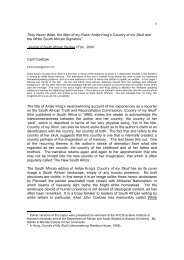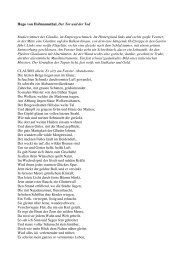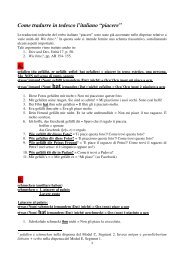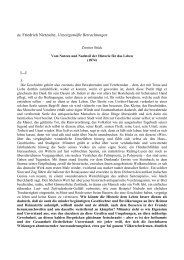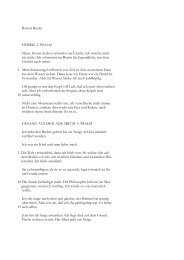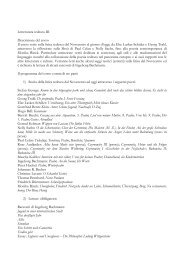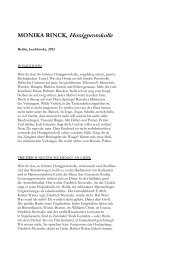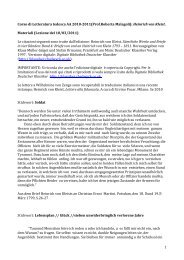You also want an ePaper? Increase the reach of your titles
YUMPU automatically turns print PDFs into web optimized ePapers that Google loves.
CARDINAL.<br />
dri^ug, drizug, thirty<br />
fiorzug, forty<br />
finfzug, fifty<br />
sehszug, sixty<br />
sibunzug, seventy<br />
ahtozug, eighty<br />
niunaug, ninety<br />
GRAMMAR 63<br />
ORDINAL.<br />
dri^ugosto<br />
fiorzugosto<br />
finfzugosto<br />
sehszugosto<br />
sibunzugosto<br />
ahtozugosto<br />
niunzugosto<br />
g)<br />
hundred \ zehanzugosto<br />
hunt,<br />
J<br />
zwei hunt, two hundred<br />
thusunt, '<br />
I thousand,<br />
,, ,<br />
\<br />
dusunt, J<br />
156. The first three cardinal numerals are declinable in<br />
all cases and genders.<br />
1. ein f<strong>ol</strong>lows the strong declension, when used as a<br />
numeral, 137. When ein is used in the sense si alone, it<br />
f<strong>ol</strong>lows the weak declension.<br />
2. Masc. Neut. Fern.<br />
Nom. Ace. zwene zwei zwa (zwo)<br />
Gen. zweio zweio zweio<br />
Dat. zweim, zwein zweim, zwein zweim, zwein<br />
3. Masc. Neut. Fern.<br />
Nom. Ace. dri driu drio<br />
Gen. drio diio drio<br />
Dat. drim, drin drina, drin drim, drin.<br />
157. The cardinal numerals 4-12 remain uninflected<br />
when they stand before a noun, whereas, if they stand after<br />
a noun or are used as nouns, they are declined according<br />
to the i-declension. The neut., nom. and ace., has the<br />
adjectival ending.


